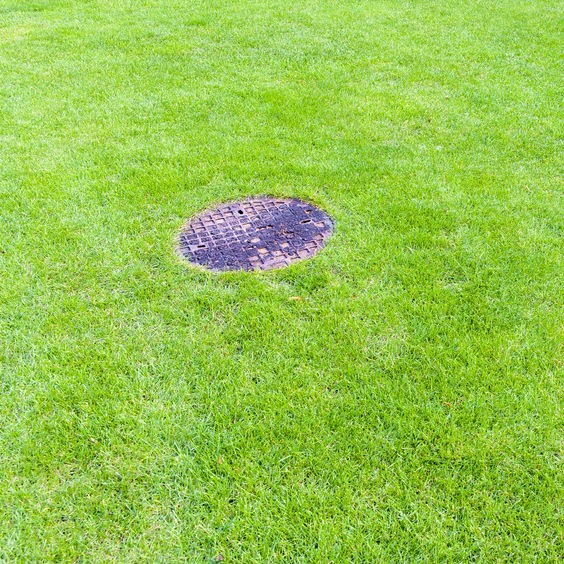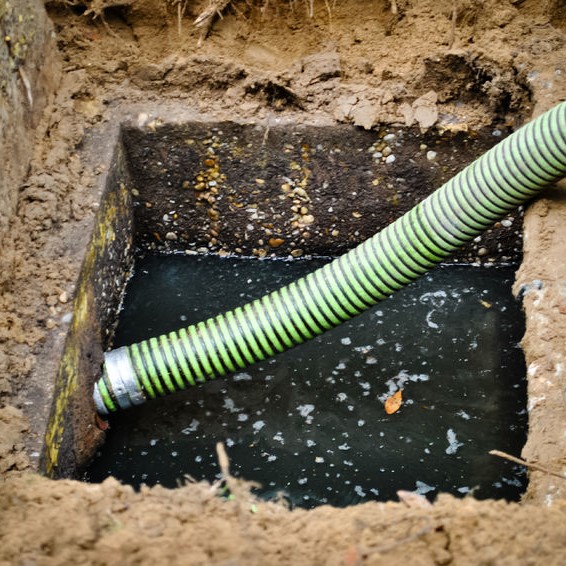
How do I get rid of the sewer leak smell?
When you discover you have a busted sewage line, you know you have a major problem that needs to be fixed. In addition to that busted sewer line, another problem you may need to address is sewage removal. Yes, that clogged toilet from a diaper or toy that caused the toilet to back up or cause the underground sewage line to burst has not left you with a sewage block removal and sewage odor removal.
When those solid object get lodged into the sewage pipes, like feminine hygiene products, diapers and wipes, toys, and other non-human waste items, the don’t decompose. They sit in the sewage line and all the human waste and toilet paper get hung on them, causing a build-up of sewage water. That is the flooding you’re experiencing in your bathroom, kitchen, lawn, or under your house and that is when professional sewage removal services is needed sometimes.
Because those busted sewage pipes and overflowing toilets leave behind sewage damage in multiple areas on multiple surfaces. Then that horrible sewage odor comes along. Any business owner or homeowner needs to do a sewage removal, and get that mess cleaned up and the odor gone, right?
Cleaning the substance up is fairly self-explanatory, but it will take more than those “picker-upper” paper towels. What about odor though, how to get rid of that sewage odor? Well, you can keep masking it with air fresheners and scented candles, but that is all its doing is masking it. To rid the sewage odor after the sewage removal, here are 7 proven ways to try:
- Sink overflow – this is a hole located across or under the faucet and accumulates bacteria, hair, soap scum, and toothpaste that produce that sewer smells. If you have hard water, it can clog up the overflow and keep it from doing its job.
- Wax ring – this is installed before the toilet and seals the toilet to the floor to keep water from seeping out. If the seal breaks or becomes old and stiff, sewer gas leaks out. This can be fixed by replacing the wax ring.
- Toilet base – when a toilet is installed, it should be caulked around the base along the floor. If it isn’t sewage odors will leak out and the toilet isn’t as secure to the floor as it should be. In less than an hour, you can caulk around your toilet, stop the odor, and firm the toilet in place.
- Bacterial growth – drains will accumulate a build-up of soap scum and organic matter, creating an environment for bacteria to stink up your house. Baking soda and vinegar mixture will clean out that bacteria and its odor.
- Unused sinks and tubs – maybe you have a guest bath that doesn’t get used? The sewer odor could be coming from the P-trap under the sink. An unused sink dries out and then sewer gas escapes through the drain and into the air. You can stop this from happening by running water in every sink or tub once a month.
- Leak check – check under sinks and water heater, anywhere that could have a small pipe leak. Even the smallest leak can become a mildewed, moldy, smell. If you don’t see anything, have a plumber inspect your home.
- Garbage disposal – inside your garbage disposal is a black rubber piece that is the splash guard. Pieces of wood and other waste you put in to the disposal accumulate under that black rubber and start to smell. You can clean this with a brush by turning the splash guard inside out and gently scrub with the brush.
No matter how much you clean and clean, with every type of cleaner you can find, sometimes, it takes professional cleaning and sewage removal. This is especially so when there is a need to remove sewage smell from carpet.
How do you clean up raw sewage?
A sewage spill outdoors poses a threat to others besides yourself, and the environment. There are harmful pathogens in a sewage spill and immediate action is required. First the area should be isolated and secured to keep contamination from spreading. Then preparations for clean-up should be made such as remove anything that can be cleaned and disinfected later.
For a minor sewage spill:
- Sprinkle garden lime liberally over the affected area until totally covered in white dust.
- If there are thicker areas of sewage, use a rake to mix the lime with the spill.
- Wait24 hours.
- Shovel the contaminated lime into heavy-duty trash bags, double bagging.
- With garden hose, wash the lime remnants off the ground.
- With the garden hose or a sprinkler, water down the area to dilute any leftover contaminants.
- Allow area to dry in the sun for one day to help kill the bacteria. Do not rake it anymore until it has thoroughly dried.
- If there is any lime white dust still visible, water it until it dissipates.
For a major sewage spill, or for any size sewage spill in the winter:
- This is too big for an individual clean up, so connect with an approved pumper truck or a sewage clean up company. They are able to extract large amounts from the ground with a vacuum tanker.
- Debris and solid waste left behind should be removed and placed into double bin bags and place in the garbage.
How do you dispose of sewage?
The State of Florida has over 7,700 lakes, 50,000 miles of rivers and streams, 4,500 square miles of bays and estuaries. There are countless wetlands as well and proper wastewater management is important for protection of the water quality for every citizen and visitor. For a private citizen to dispose of sewage waste properly, a list of wastewater facilities is available on the Wastewater Facility Information page.

How much does it cost to clean up sewage?
An average cost is $7 per foot for clean-up and sewage removal. There are factors that can affect that price though such as:
- The Amount of Sewage: Yes, $7 per square foot, but how much, is there sewage removal from water required, and what caused the sewage spill can affect this price.
- The Area Size: How big of an area is the sewage removal and clean up? A kitchen backup is going to be a lot less expensive than a basement flooded with sewage backup.
- The Time the Sewage Has Sat: Sewage has water in it, and that water will soak into anything from cabinets and flooring to the walls the longer it sits. Part of sewage removal and cleanup will be removing it from those areas where it has soaked up, how long it has had the opportunity to soak up will determine how long the clean up takes.
- Plumbing Repairs Needed: Whatever cause the sewage backup will need to be repaired or replaced. The bust sewer line will need to be cleaned up along with the sewage removal.
- Reconstruction: After the sewage removal and cleanup, there will be additional cost to repair and restore the parts of your home that have been damaged too.
- The Material Replacement: A sewage backup can ruin a lot of things in your home and replacing those damaged things will cause the price of sewage removal and cleanup to cost more.
Okay, so you had a small sewage back up, what’s the big deal? It was on your property; does it really matter to everyone else? Can sewage make you sick? Before we answer that, we could suggest you do a Google search about Flint Michigan. While sewer gas isn’t toxic necessarily at low levels, chronic or high levels of exposure, have been connected to sewer gas poisoning.
The key components of sewer gas are:
- Ammonia: can irritate the eyes, nose, and throat, and a higher level is toxic to humans, associated with organ damage or death.
- Carbon dioxide: a greenhouse gas that is safe on its own, when mixed with ammonia though, becomes flammable.
- Hydrogen sulfide: high amounts can cause adverse symptoms, organ damage, or death.
- Methane: extremely flammable.
Call (954) 548-5613 today for your sewage spill clean up in Broward, Palm Beach, and Miami-Dade Counties, FL.

